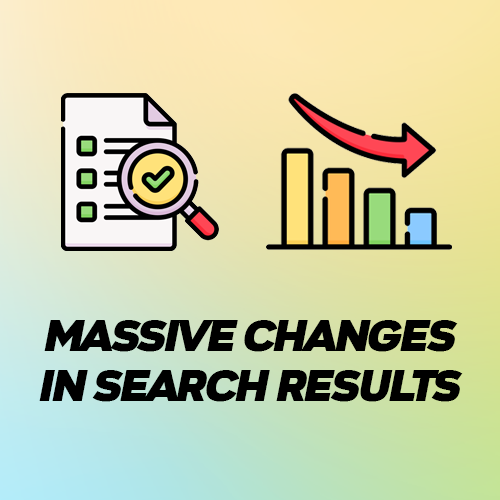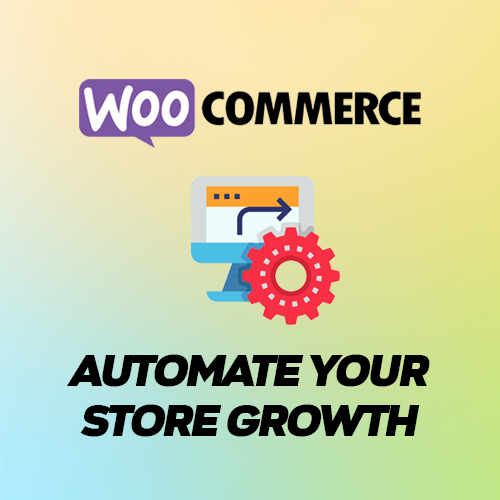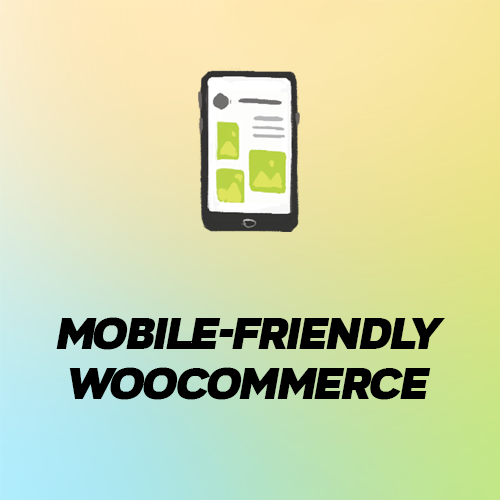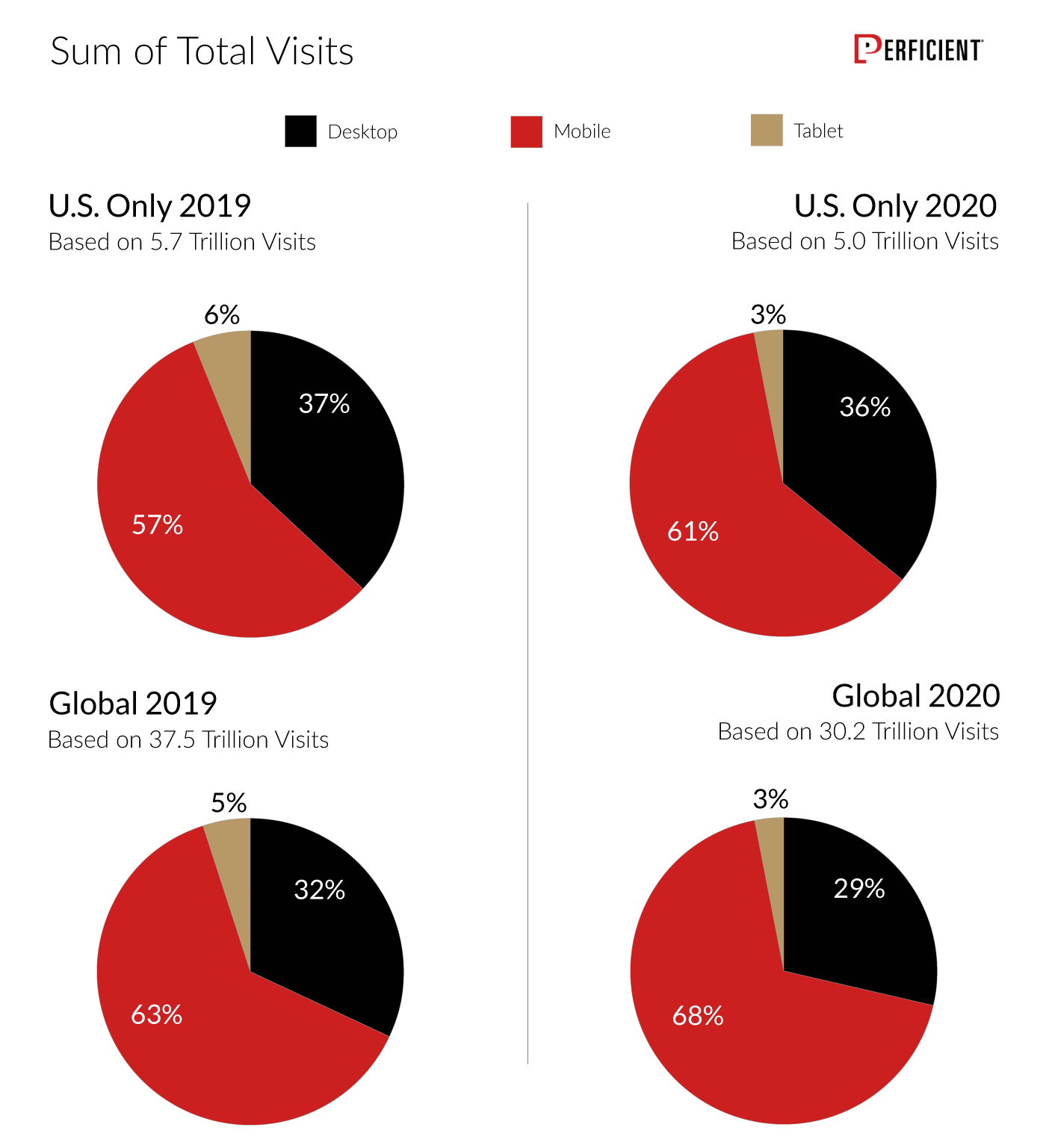Apple reveals Pay Later – available on Shopify!

Apple just revealed a major new financing feature!
Apple enters the competitive “Buy Now Pay Later” (BNPL) market, forecasted to be $40 billion by 2030.
All merchants in the US that have Apple Pay enabled will automatically benefit from this update, without any additional integration required. That includes all Shopify merchants!
What do you think about BNPL solutions? Have you tried them already for your business?
Massive Google Search Update Impact

2 weeks ago, Google announced a major Search Engine algorithm update: the May 2022 Core Update.
If you want to learn more about what a core update is, we had written a previous article about this, which you can read here.
We now have more info and feedback from website owners about the changes. And it turns out the shake-ups have been massive.
There have been massive movements, positive as well as negative, in website rankings in Google Search Engine Results Pages (SERP).
In the video, we share some data analysis about the Google update aftermath and the community’s reaction from marketers and website owners.
Automate Your WooCommerce Store

Manual Ad Placements – Time Consuming and Frustrating
Manually setting up ad campaigns, through platforms like Facebook, Google, and more, are seemingly not an exact science. Plenty of WooCommerce business owners throw ads up across social media, but don’t understand why they are paying so much for such paltry results.
Unless you are a digital marketing expert, knowing where and when to place ads can seem almost esoteric – but automated ad placements are much more powerful than you think!
Programmatic ads are what major companies like Google, the Economist, TNT, and other major corporations use to get the best ad placements for the cheapest price. Now, there is software that exists that brings the same online promotional power to small and medium-sized businesses. If there is one aspect of your online business to automate, let it be your ad placements. It will save you hours of time a day and the constant headaches of playing “trial and error” with your online ads

Automating Customer Data Collection & Retargeting
Furthermore, to increase sales on WooCommerce, storeowners need to have software that gathers the profile info of whoever sees and interacts with the ads! That way, you can continue showing them promotional specials in the future, targeting them with your products without having to lift a finger. This kind of precision in your digital marketing (especially at scale) is simply impossible with at least some level of automation.
Make WooCommerce Mobile-Friendly!

The Tide has Turned: Mobile Users Outnumber Desktop
Within the last few years, mobile users officially tipped the scales over desktop ones: 61% of website visits in the US came from mobile in 2020, while worldwide the number rose to 68.1%. However, for many business owners who comes from traditional “brick-and-mortar” backgrounds, it can be difficult to handle both a beautiful desktop WooCommerce site alongside a smooth mobile user experience.
As we’ve written about before, e-commerce sites need to adapt their mobile layout to the design features and limitations of viewers browsing their site on a tinier screen!
That means more simplistic visuals, “swipe-through” slideshows (to browse product after product), and clickable buttons that “expand” or minimize content/product descriptions. That way, you can neatly pack in all the features of your site without overwhelming users browsing on their phone.

WooCommerce Mobile is a Whole Advertising Frontier
Along with that, advertising your WooCommerce store across mobile apps gives you a whole new level of promotional exposure. Again, your mobile ad designs need a different aesthetic when compared to desktop. The dominant form now are “swipe-able” slideshows that present your product with a beautiful, simple, bold background. That way, while playing their favorite mobile game or browsing their favorite news aggregator, users see ads for your WooCommerce store!
Diversifying where you place your online ads is key to a successful digital marketing strategy. It can seem a bit overwhelming to think about at first, but it is much easier than you might think to be running ad campaigns on desktop, mobile apps, and across the web. By fine-tuning each ad campaign to the medium it runs on, you have a much better chance of increasing your WooCommerce sales 😊
If you want help automating your ad placements for the best results, reach out to try Ad360 today! Our free two week trial gives users a chance to realize the significance of running both desktop and mobile-friendly ad campaigns – all with only a few clicks.
1 Click Ads for WooCommerce

Set a Daily Budget
First, to take control of your online marketing, establish a “daily average” budget you can spend on advertising. New stores can gain traction across the web with as little as $5/day ($150/month). From there, a general rule of thumb is 5-10% of your revenue goes back into marketing overhead.
Calibrate Your Custom Audience
Second, you need to begin targeting your custom audiences! You can target customers based on demographic info (e.g. – age, gender, location), or interests they express online. Make sure to dive into research on your custom audiences – they will be your most likely customers!
Retarget Likely Customers
Ok, so you’ve set a daily budget, established large swaths of your custom audience, and now you’ve put out some nice ads. The metrics show that roughly 10,000 users viewed the ad from either their desktop or mobile. But barely any clicked through or bought!
Do not be discouraged, this is normal. Just remember, if even 1% of those 10,000 end up becoming customers, that’d be 100 new orders to your WooCommerce store. So, how do you up that conversion rate to become a truly successful online business?
Automate Ad Placements for Peak Conversions
There is software, easily accessible on the market, that can automate ad placements for the cheapest price and maximum exposure. Retargeting software could further increase your conversion rate to 2-3%, putting in the elite tier of e-commerce stores. In fact, the top 10% of all online stores have a conversion rate of 3.8% or higher.

Virtually all the most successful e-commerce stores deploy automated ad placements to get affordable ads with great visibility. They also all use savvy digital marketing techniques – like retargeting – to increase their WooCommerce sales. How? By reaching back out to customers who have seen their ads across the web and social media! After a few “touches,” customers are ready to go from “browsing” to “buying.”
Feel free to check out Ad360’s Quick Ads, to trial automated ad placements. It only takes one click to organize your next ad campaign!